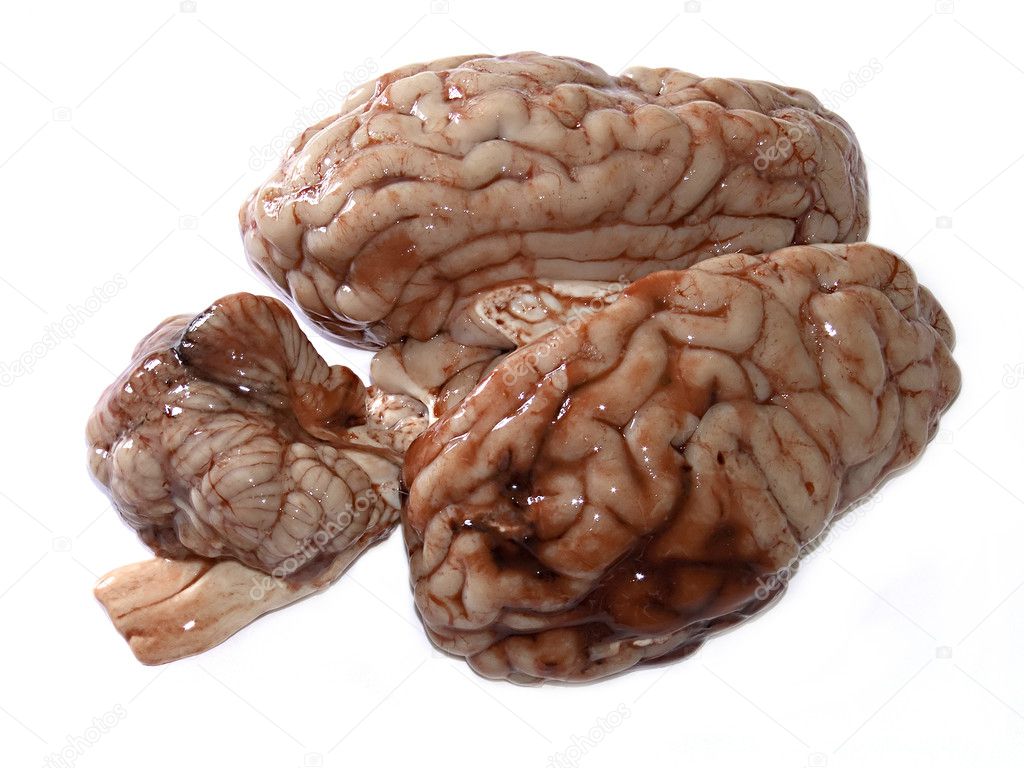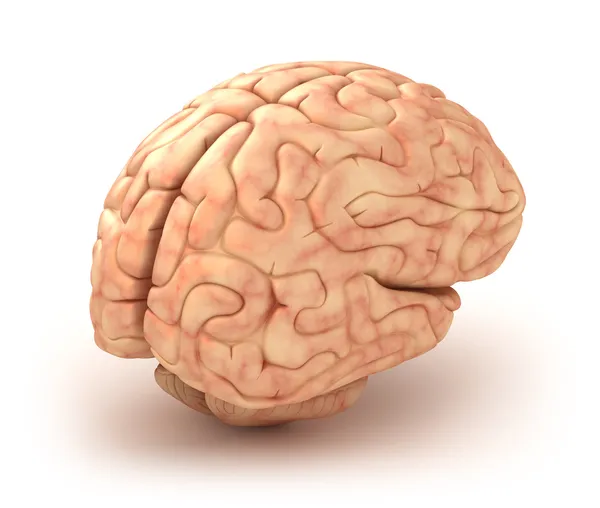

Even though all protons do not resonate, enough do-out of the tens of billions in the brain-so that registering all their locations in the image produces a highly detailed map of the brain’s tissues and structures. The machine’s detection apparatus and computers pinpoint the source of every packet of emitted energy-in other words, the location of each hydrogen atom that resonated. For the fraction of a second that the pulse lasts, this subset of protons holds on to the energy. The protons absorb this additional energy, which causes some of them to “resonate”-that is, to realign at an angle oblique to the magnetic field, like tops spinning on a tilt. Next, the machine emits a brief pulse of radiofrequency energy. The machine itself supplies the radiofrequency energy, somewhat analogous to the way a camera flashbulb bounces light off a scene and then captures the reflected light on film.įirst, the machine generates a powerful magnetic field that pulls the protons at the centers of all the brain’s hydrogen atoms into alignment, like tops all spinning straight up on their points ( Figure 2). Together and in combination with other research techniques, they inform a multidimensional understanding of the complex disease that is drug abuse and addiction.Īn MRI machine can be compared to a camera, but one that registers radiofrequency energy reflected from the hydrogen atoms in water molecules instead of light from visible objects. Individually, the techniques yield knowledge of brain anatomy and tissue composition biochemical, physiological, and functional processes neurotransmitter activity energy utilization and blood flow and drug distribution and kinetics. The five primary brain imaging techniques-structural magnetic resonance imaging (MRI), functional MRI, magnetic resonance spectroscopy (MRS), positron emission tomography (PET), and single photon emission computed tomography (SPECT)-reveal different aspects of brain structure or function ( Table 1). Clinicians may one day-perhaps sooner rather than later-use brain imaging to assess addiction, to assign patients to appropriate care interventions, and to monitor response to therapy. Brain imaging studies have provided information on drugs’ neurobiological effects, helped explain the causes and mechanisms of vulnerability to drug abuse, and yielded important insights into abusers’ subjective experiences and behaviors, including their struggles in recovery. Key evidence for this view consists of images of people’s brains taken during or following drug exposures. The guy acted like he was on speed or something, with hyper advanced alertness and ability to solve very difficult problems.Scientific advances over the last quarter century have established that drug addiction is a chronic brain disease ( Leshner, 1997).

PICTURE OF THE BRAIN MOVIE
I had believed this for the longest time, thinking that only people like Albert Einstein had made maximum use of their human brain.Īs a matter of fact, this myth was the premise behind the plot of a movie I watched recently, where a guy takes some pills that let him tap into the supposedly unused portions of his brain. I am shocked to learn that the idea we only use part of our brain is, in fact, a myth. I would suppose that anything which interferes with the brain's electrical activity or excites it somehow could cause a seizure or a shutdown of the brain. I can see now how some activities, like high action video games, could cause seizures in some people. To me the brain is like one big computer system, with the brain acting as the CPU and constantly sending signals along different pathways.


October 8, - What’s fascinating to me is how the neurons are electrical inputs. To me this is the essence of consciousness.
PICTURE OF THE BRAIN HOW TO
The brain knows how to learn, in this sense, in my opinion. I see an analog to this in the brain’s ability to reroute instructions to different parts of the brain when other parts are injured. In my computer science class we discussed the idea of computer programs that could learn, or teach themselves from past experiences so to speak. October 9, - The adaptability of the brain reminds me of the philosophical question, how do we actually learn?


 0 kommentar(er)
0 kommentar(er)
